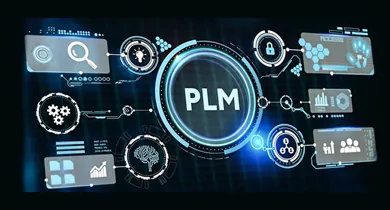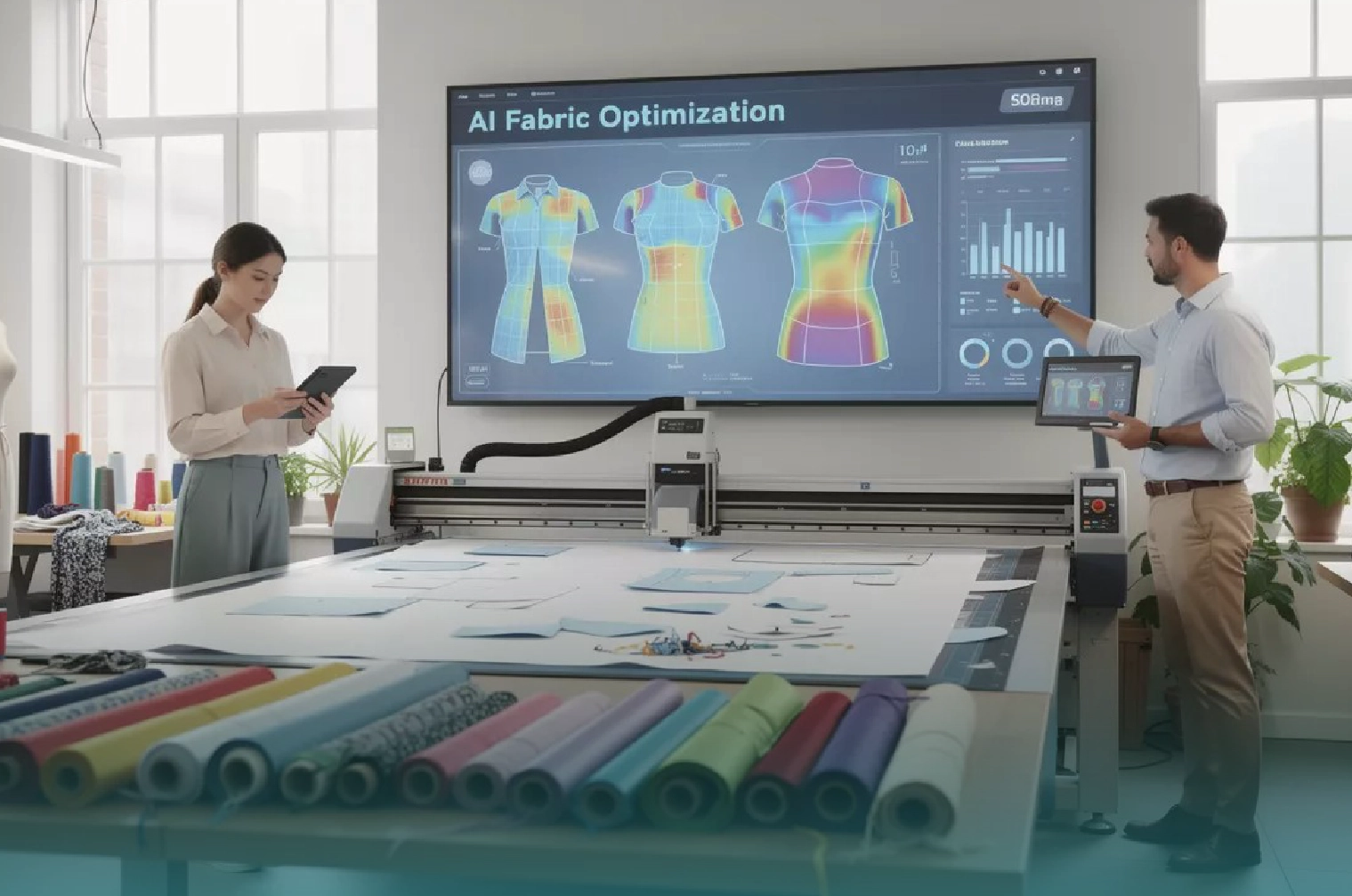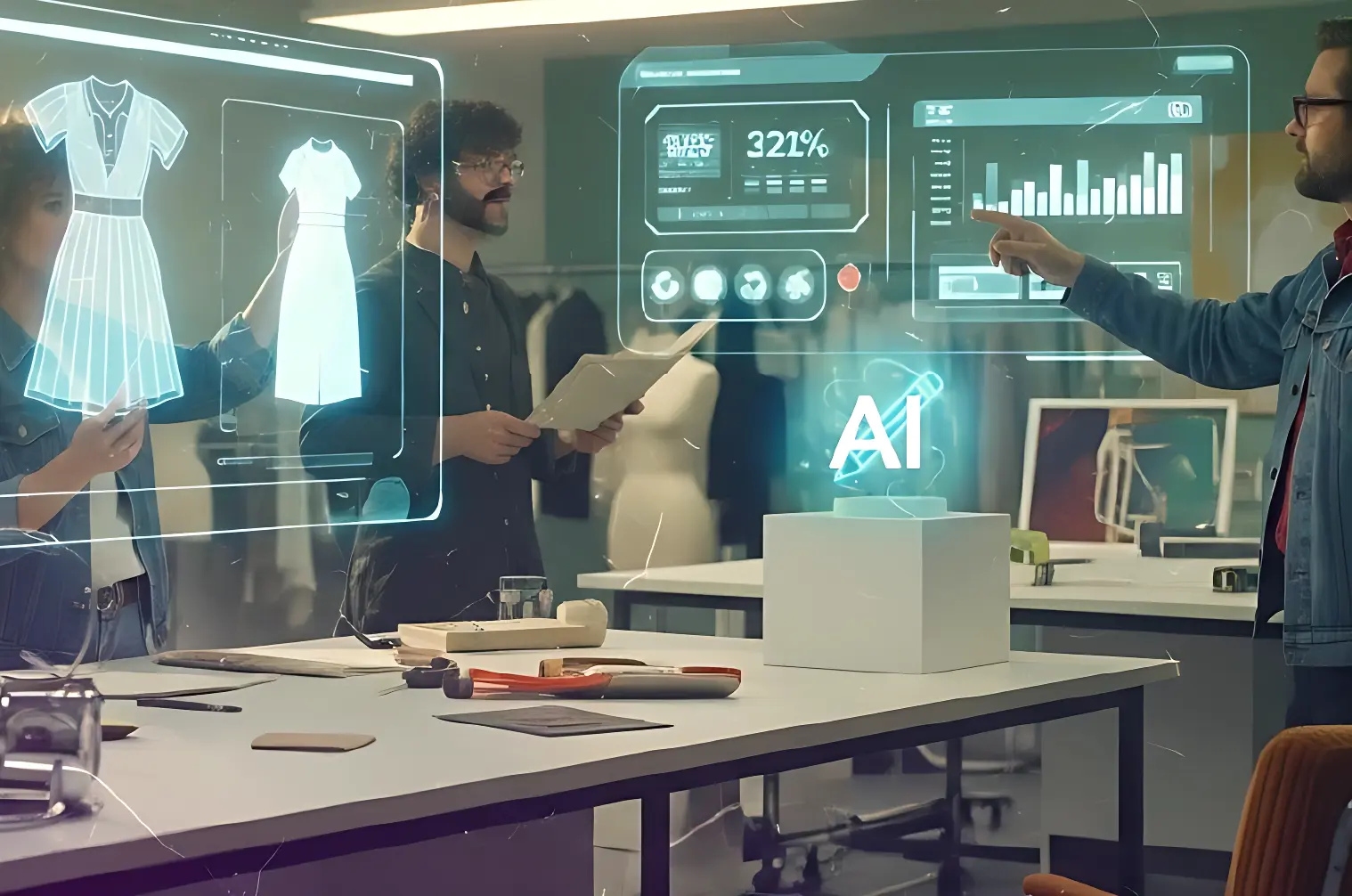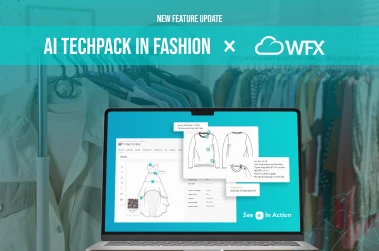Here are 8 advantages of using a Product Lifecycle Management software (especially one made with fashion brands and manufacturers in mind)
1) Central hub of inspiration
PLM gives you a centralized space to brainstorm design ideas. So, too many cooks will never spoil this broth. No image or detail on the inspiration board will ever get lost. New ideas will be more likely to be discovered, shared and implemented if they’re visible to everyone working on a particular project. It gives everyone a chance to contribute to the creative process, no matter where they are.
You can store all ideas, styles, prints, embroidery, and other images in one place; tag them for easy search access and use attributes to find designs that match your ideas.
This makes it easy for new employees to catch up quickly on what has been done so far and prevents many types of errors that occur when using physical, paper-based documents.
2) Ever-growing resource library
Libraries are not just for books! Your brand’s material and resource library can be populated with details about fabric options, trims, buttons, zippers. Build your library on the PLM system with all components relevant to your product development process. You can manage your core, new and seasonal carryover product data with ease.
Having every little detail organized in one search-friendly place will make the design process much easier.
This means your entire team is working off the same information. It is stored in a central database, instead of being scattered around multiple computer systems. What’s more, this library will keep growing as you keep creating more collections.
3) Transparent product tracking
By increasing visibility and transparency, fashion PLM software can help remove one of the largest stumbling blocks many businesses face when launching new products – lack of collaboration throughout the supply chain.
Using product lifecycle trackers makes it easier for everyone to know the status of each product. Teams and managers can spot hiccups in the supply chain before it’s too late. This will prevent cost overruns and missed deadlines.
Your team will spend less time looking for information (and arguing about why it doesn’t exist) and more time working together on new ideas and products.
4) Elimination of duplication
With everyone working on a PLM platform, there is no chance of duplication because every member can see what tasks have already been done and what is under progress. Information like product specifications and other details have to only be added once and can be easily extracted wherever needed.
Managers can see what the team is doing in real-time so there’s no need to manually ask for a progress report or hold meetings for the same thing.
If a problem arises or for any reason a team member cannot perform their duties, their supervisor can assign it to someone else without reviewing every task they have done. This makes the workflow smoother for everyone.
5) Streamlined sample inspections
Quality is the name of the game when it comes to developing any product. With PLM, you can easily request samples for inspection with just a single click. Select your inspection agent and set quality parameters for testing on the platform.
You can give feedback without ever having to open your email. Include comments, annotated images, with exact errors, and revised measurements. This facilitates more clarity for your vendors, reduces sample iterations and lead times.
If you want to know who reviewed a particular drawing or requested a change, you can check the inspection reports at any time. You can even use this information to determine how long the sample approval process took.
6) Error-free vendor communication
Why is it important for fashion brands to use fashion/apparel PLM software? A Fashion PLM is built keeping in mind the unique needs of fashion brands and their manufacturers or suppliers. It enables easier communication between both these parties on a shared platform.
A PLM which cannot be accessed by your vendor does a half-baked job of streamlining the production process. With a vendor portal, you can give access for all necessary product information to your vendor.
As a brand, you have the freedom to share exactly what you want. The vendor can update production status, share sample images and more on the platform itself. They can access feedback whenever they want. This reduces the chances of a vendor picking up the wrong file version from some endless email trail.
7) Keep up with compliance management
The pressure on fashion companies to meet the increasing number of compliance rules and standards is high. Every merchandise needs to match the required standards. This is especially difficult when you have a wide variety of offerings, from handbags to shoes to sunglasses and so on.
Fashion PLM software makes it easy for brands to track compliance standards and make requirement lists for vendors. You can request audits on the platform so that auditors don’t have to spend too much time on data entry since all information related to a particular project is stored in one place.
There’s also no need for auditors to search through emails or hard copies of documents. This minimizes the possibility of human error and increases efficiency.
8) Data-informed decision making
Being able to get real-time analytics about the product development cycle is one of the biggest advantages of fashion PLM software. This helps you get insight into when certain decisions were made or problems occurred during production. The main advantage is that it helps you make corrections faster than you would otherwise be able to.
It gives you real-time data to track how long a production line will take and where things are getting held up. You can also work out what each stage of the process will cost, which helps you stay within your budget or make required adjustments.
9) Shorter lead times, higher product quality
Truly high-quality products don’t just happen by accident. Quality needs to be built into every product, and a PLM system can help your company identify opportunities for quality improvements throughout the product lifecycle.
From the inspiration and design concept to the final development, PLM software streamlines every step of a product’s cycle of production. With a centralized and transparent workflow, your team can collaborate better to mitigate issues before they escalate. This means you can consistently create high-quality products and make them quicker.







































